The 10 Coolest Phones Of 2020 (So Far)
Top smartphone launches this year so far have included Samsung's Galaxy S20 Ultra and Apple's second-gen iPhone SE.

Coolest Phones
While the arrival of a much-anticipated 5G-capable iPhone is expected later this year, the first half of 2020 has still seen no shortage of cool phones hitting the market. Samsung launched an array of new smartphones in the first months of the year, including next-gen Galaxy S series devices, a new foldable Galaxy model and a ruggedized phone aimed at workers. Meanwhile, other Android phone makers debuting updated devices this year so far have included LG, Motorola, OnePlus and Sony. Meanwhile, Apple also expanded its iPhone lineup during the first half of the year with the debut of the second-gen iPhone SE.
What follows is our roundup of the 10 coolest phones of 2020 so far.
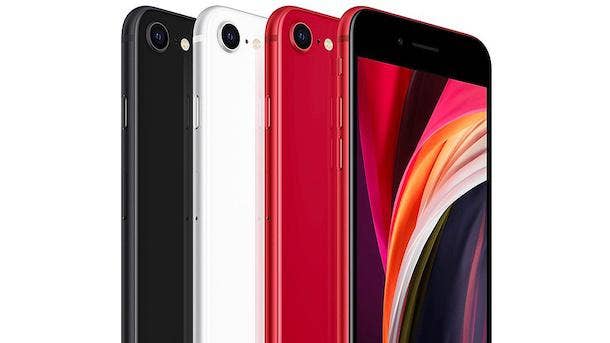
Apple iPhone SE (Second-Gen)
Display: 4.7 inches; LCD; 326 pixels per inch (ppi)
What's cool about it: In April, Apple got back into the budget smartphone game with the launch of a new iPhone SE. The device is a successor to the original iPhone SE model, which launched in 2016, and has a similar form factor to the iPhone 8. Along with bringing back a smaller display size and sizable top and bottom bezels, the second-gen iPhone SE revives Apple's Touch ID fingerprint recognition and home button. One of the most notable updates to the new iPhone SE is the inclusion of Apple's A13 Bionic processor--since that is the same chip used in all of Apple's latest iPhones, including the higher-end iPhone 11 Pro and 11 Pro Max. Meanwhile, Apple is calling the iPhone SE's rear camera the "best single-camera system ever in an iPhone" with 12 megapixels and an f/1.8 aperture on the wide-angle camera.
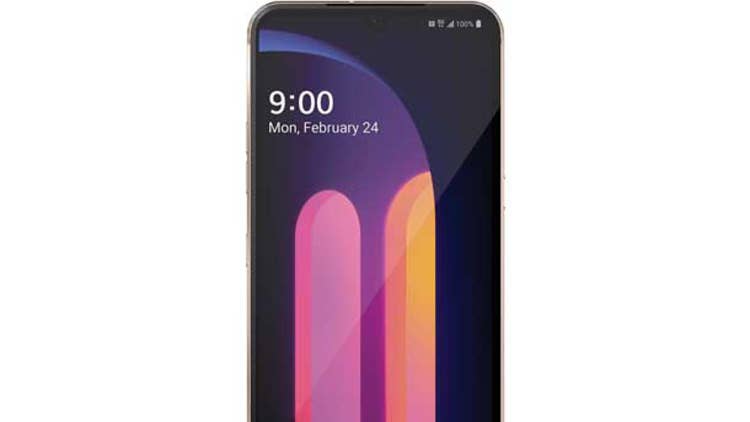
LG V60 ThinQ 5G
Display: Dual 6.8-inch displays; OLED; 395 ppi
What's cool about it: LG updated its premium V series lineup during the first half of the year with a dual-screen, 5G-capable device, the V60 ThinQ 5G. The 5G connectivity in the V60 is enabled by Qualcomm's Snapdragon 865 mobile platform, which includes a 5G chipset, the Snapdragon X55 Modem-RF System. The Snapdragon 865 also provides strong performance via an eight-core CPU with a clock speed of up to 2.84 GHz. Other key features include a massive battery, at 5,000 mAh, for long battery life. Along with offering two OLED displays for enhanced use cases such as multitasking, the V60 includes a 2.1-inch cover display for quick access to information without opening the phone.
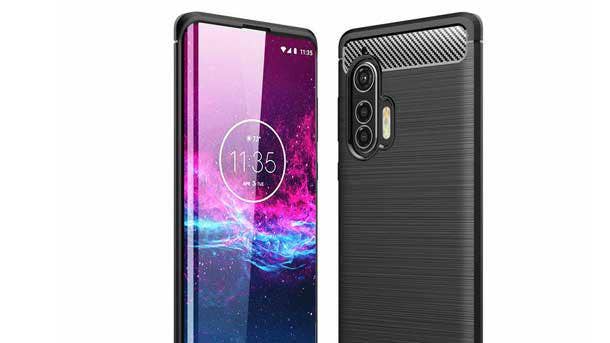
Motorola Edge Plus
Display: 6.7 inches; OLED; 385 ppi
What's cool about it: Known for its budget and midrange smartphones, Motorola has gone all-in on premium with the flagship Motorola Edge Plus. The phone features the Snapdragon 865 Mobile Platform for 5G connectivity and strong performance, bolstered by an impressive 12 GB of RAM. And for 5G, the Edge Plus supports both sub-6GHz 5G connectivity and higher-speed, millimeter-wave 5G. Meanwhile, the newly introduced "Endless Edge" display design wraps about 90 degrees around the two sides of the device, while the display also offers a 90hz refresh rate for smoother display motion.
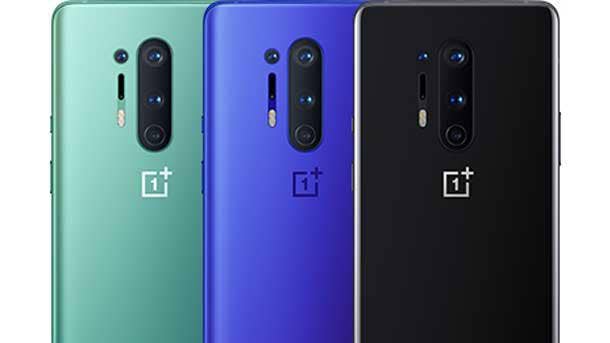
OnePlus 8 Pro
Display: 6.78 inches; OLED; 513 ppi
What's cool about it: Key features on the latest "ultra-premium" device from OnePlus, the OnePlus 8 Pro, include a 120Hz refresh rate for a smooth display experience and up to 1,300 nits of brightness on the AMOLED screen. The OnePlus 8 Pro also supports 5G connectivity and includes 12 GB of RAM for improved performance, along with dual-stereo speakers from Dolby Atmos. Meanwhile, the phone's quad-camera system--a first from OnePlus--consists of a 48-megapixel main camera (which uses a custom-made Sony sensor); a 48-megapixel ultra-wide lens (with a 120-degree field of view); a telephoto lens featuring up to 30X digital zoom; and a color filter camera.
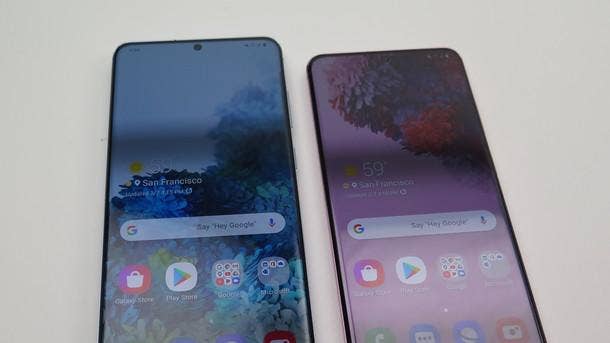
Samsung Galaxy S20 5G (at right)
Display: 6.2 inches; OLED; 563 ppi
What's cool about it: Samsung is seeking to differentiate the Galaxy S20 with some big camera upgrades. The three-camera rear system features a telephoto camera with 64 megapixels for improved detail in images, compared to 12 megapixels in last year's comparable model. The other two cameras—wide-angle and ultra-wide—come in at 12 megapixels. Key features of the Galaxy S20 camera system include up to 30X zoom capabilities and enhanced night mode capabilities for low-light situations. Meanwhile, the device supports sub-6GHz 5G connectivity and includes 12 GB of RAM along with a 120hz refresh rate on the display. The S20 also offers business-friendly features such as dual SIM, allowing users to have two phone numbers on the same device.

Samsung Galaxy S20 Plus 5G (at left)
Display: 6.7 inches; OLED; 525 ppi
What's cool about it: With the Galaxy S20 Plus and other devices in the S20 lineup, Samsung includes a 120hz refresh rate for smoother display motion. The feature is most obvious when playing games on the device, but it does provide a better experience for other uses such as scrolling through web pages or apps. For the camera, the three-camera system on the rear includes a telephoto camera with 64 megapixels for improved detail in images, along with wide-angle and ultra-wide cameras offering 12 megapixels. Improved zoom capabilities are another big addition, with the Galaxy S20 Plus offering up to 30X zoom. Meanwhile, the phone supports both sub-6GHz 5G connectivity as well as millimeter-wave 5G.
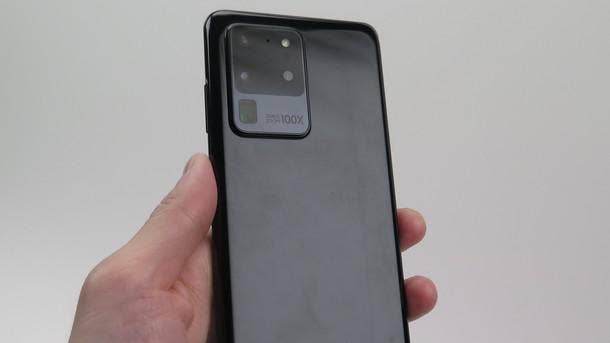
Samsung Galaxy S20 Ultra 5G
Display: 6.9 inches; OLED; 511 ppi
What's cool about it: For the camera system on the Galaxy S20 Ultra 5G, Samsung has included a wide-angle camera that provides a staggering 108 megapixels, for capturing the most intricate details. The telephoto lens on the Galaxy S20 Ultra offers 48 megapixels and the ultra-wide rear camera offers 12 megapixels, meanwhile. For fans of zooming, the S20 Ultra provides up to 100X zoom. Other notable capabilities: the device supports both sub-6GHz 5G connectivity and millimeter-wave 5G; packs a huge 5,000 mAh battery and up to 16 GB of RAM; and offers a 120hz display refresh rate. On the display, it's also worth noting that the S20 Ultra moves the front-facing camera to the center--creating symmetry in the design.
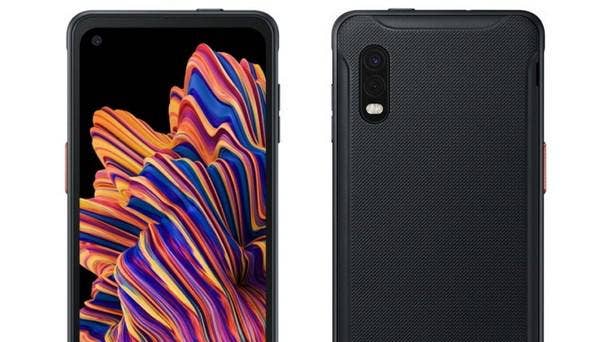
Samsung Galaxy XCover Pro
Display: 6.3 inches; LCD; 409 ppi
What's cool about it: During the first half of the year, Samsung expanded its portfolio of mobile devices primed for business usage with the launch of the Galaxy XCover Pro smartphone. The phone is ruggedized for usage on the go and in the field with IP68 water and dust resistance, along with drop protection (up to about about 5 feet) and military-standard protection against conditions such as high humidity and altitude. The device can also be easily charged in a dock (without the need for cables) thanks to the inclusion of support for pogo pin charging. The phone includes a 4,050 mAh battery that should offer more than a day's worth of usage, Samsung said, and the battery can also be replaced with a spare if necessary. Meanwhile, the phone's display can be used with gloves--and the device also includes the new walkie talkie feature of Microsoft Teams, featuring programmable keys that enable the push-to-talk capabilities.
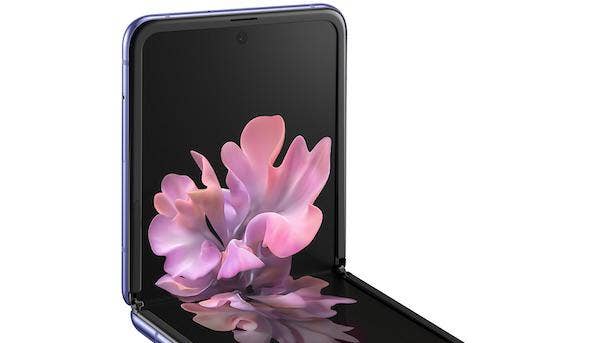
Samsung Galaxy Z Flip
Display: Foldable 6.7-inch main display; OLED; 425 ppi
What's cool about it: Unlike Samsung's first foldable smartphone, the Galaxy Fold, the Galaxy Z Flip folds from top to bottom--folding down into a compact-sized square. The Galaxy Z Flip also includes the company's first foldable glass display, made from bendable “ultra-thin” glass. Along with the foldable display, the device includes a 1.1-inch top cover display for notifications. Since the Galaxy Z Flip is a clamshell foldable, Samsung has emphasized the usefulness of standing the device upright on a surface and using it in a split-screen mode. Samsung dubs this "flex mode," with the Galaxy Z Flip automatically shifting to show two 4-inch screens when it's stood upright. In flex mode, users can view content on the top screen and operate controls on the bottom screen, for instance.
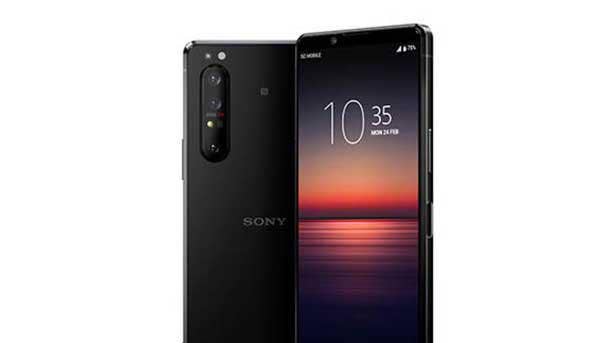
Sony Xperia 1 II
Display: 6.5 inches; OLED; 643 ppi
What's cool about it: Along with its 4K HDR OLED display, Sony's Xperia 1 II offers a triple rear camera system of 12 megapixels each, with up to 124-degree field of view. Key camera capabilities include improved autofocus with faster focusing speeds in both day and night modes. Users can also choose between different focal lengths of 16mm, 24mm and 70mm for their photos. Other major features include a "cinematic" 21:9 aspect ratio on the display and Dolby Atmos speakers.